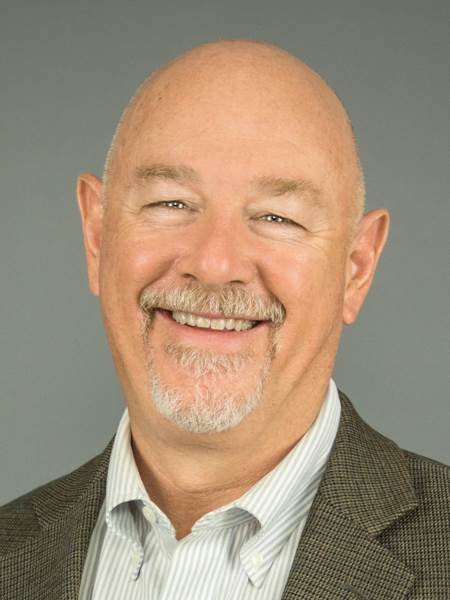By Grant A. Jackson, P.E., P.Eng.
In a meeting a few years ago, a young engineer informed me that I had been selected to review a set of drawings, and she would send me the information in AutoCAD. I responded to her that I did not have AutoCAD on my computer; if I did, I would not know how to operate it, and that she would have to find another way to obtain my review, because I was from a generation that used crayons and lined tablets. She looked at me inquisitively and asked, “Is that Android- or Windows-based?” I quickly responded, “Neither. It’s cellulose-based.” This resulted in an even more perplexed look. Clearly, we were not communicating.
For me and my fellow Baby Boomers, writing tablets were a staple for every elementary student. Many of us were introduced to these newsprint tablets, with their widely spaced lines, when asked to do our first school assignment in crayon. As we progressed, we eventually “graduated” to a No. 2 pencil. Using these tablets prepared us for penmanship but did little to prepare us for the advent of technology later in our professional careers. Today, many in my generation are challenged by technology.
In our pursuit of quality, we frequently plan and coordinate the reviews of work products. The selection of the reviewer is primarily (and correctly) based on subject matter expertise. Competency in the subject matter of the review is a prerequisite to any such review. However, how frequently do we consider the review process or medium when selecting the reviewer?
Hanson’s quality program assigns the responsibility for selecting reviewers to the professional of record (POR). As the person taking responsible charge for the technical work product, the POR best understands the needs and requirements and is in the best position to select appropriate reviewers. That selection should certainly include subject matter expertise. In some circumstances, other factors such as licensure, client familiarity or potential conflicts of interest may affect the POR’s reviewer selection. Because the POR will best understand the review process and medium, these should also be considered.
In my story above, I was the wrong reviewer for the assignment. The work product, although within my subject matter expertise, required a review in an electronic medium in which I was unqualified. If it had been hard copy drawings, my red crayon and I would have been a suitable match! Fortunately, the drawings were completed with the contribution of a more technologically proficient reviewer. Sometimes, our greatest obstacle to quality is not the complexity of the subject matter under review, but the fundamentals of who performs it, how and when. As an integral part of Hanson’s culture, quality is dependent on all of us doing our part.
Grant A. Jackson, P.E., P.Eng., is a vice president and Hanson’s chief production officer and corporate quality assurance officer. He works at Hanson’s Corpus Christi, Texas, office, and he can be reached at gjackson@hanson-inc.com.
